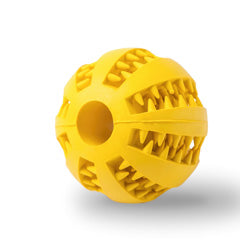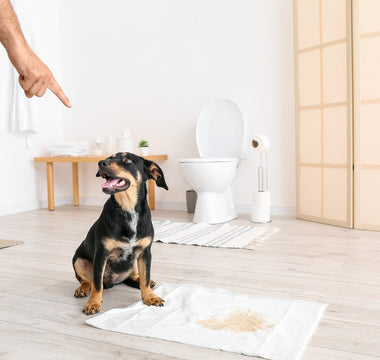The holiday season is here, and stores are overflowing with festive decorations, lights, and gift ideas for everyone—including our furry friends! 🎄 As I wandered through the aisles looking for inspiration, I noticed large Christmas stockings filled with dog toys and treats. While these festive offerings might seem like the perfect gift, I couldn’t help but wonder: Are all these treats, especially rawhide and artificially colored items, really good for dogs? 🤔
You might be surprised to learn that rawhide, a popular dog treat, comes with serious risks. Many of these chews, especially the brightly colored ones, often contain artificial dyes and additives that aren’t the healthiest choice for our furry friends. In this blog, we’ll dive deeper into rawhide—what it is, how it’s made, and why it may not be the safest choice. Plus, I’ll share healthier and safer alternatives to keep your dogs happy and healthy this holiday season. 🎁🐾
What Is Rawhide?
Rawhide is a byproduct of the leather industry, made from the inner layer of animal hides. It’s treated, dehydrated, and pressed into chewable shapes for dogs. While originally meant to divert dogs from chewing on leather shoes or belts, rawhide comes with a host of concerns due to the way it’s processed.
How Is It Made?
- Hides are brined in high-salt solutions at slaughterhouses to delay decay.
- After weeks or months, hides are shipped to tanneries, soaked in lime, and chemically treated to remove fat and hair.
- Despite these treatments, decay can occur, and chemicals like bleach or hydrogen peroxide are often used to clean and whiten rawhide.
Why Rawhide Can Be Dangerous
- Choking Hazard: Dogs can break off and swallow large pieces, leading to blockages in the esophagus or stomach.
- Digestive Issues: Rawhide doesn’t break down easily and can cause life-threatening intestinal blockages. Which might require surgical removal. Rawhide that is swallowed can remain in a dog's stomach for months, while most swallowed objects pass within 24 hours, if not sooner.
- Chemical Exposure: Harsh chemicals used during processing can irritate a dog’s digestive system or pose long-term risks.
- Bacterial Contamination: Rawhide can harbor bacteria like salmonella, affecting dogs and their humans.
- Nutritional Value: Rawhide offers no real dietary benefits.
- Allergies and Sensitivities: Additives and artificial colors can trigger allergic reactions in some dogs.
Safer Alternatives to Rawhide
Instead of rawhide, here are some healthier options for your dog to enjoy:
- Bully Sticks: 100% digestible and high in protein.
- Yak Chews: Long-lasting and nutrient-rich.
- Sweet Potato Chews: A natural, low-fat treat.
- Carrots or Frozen Veggies: Affordable and nutritious.
- Fish Skins: High in omega-3s for a shiny coat.
- Antlers or Raw Bones: Durable and mineral-rich (always supervise).
- Rubber or Nylon Chews: Long-lasting and safe.
- Collagen Sticks: Easier to digest and great for joint health.
Chewing Safely
Chewing is a natural behavior for dogs, providing dental benefits, mental stimulation, and relief from boredom or teething pain. However, as their guardians, it’s our responsibility to ensure their safety. Here’s how:
- Choose treats based on size, age, and chewing style.
- Always supervise your dog with new treats or toys.
- Discard broken or damaged items immediately.
- Consult your vet if you suspect your dog has swallowed rawhide.
This holiday season, let’s celebrate by giving our dogs safe, healthy treats that bring them joy without compromising their well-being. 🐶💖 Stay tuned for our next blog, where we’ll discuss the effects of artificial coloring in dog treats!













